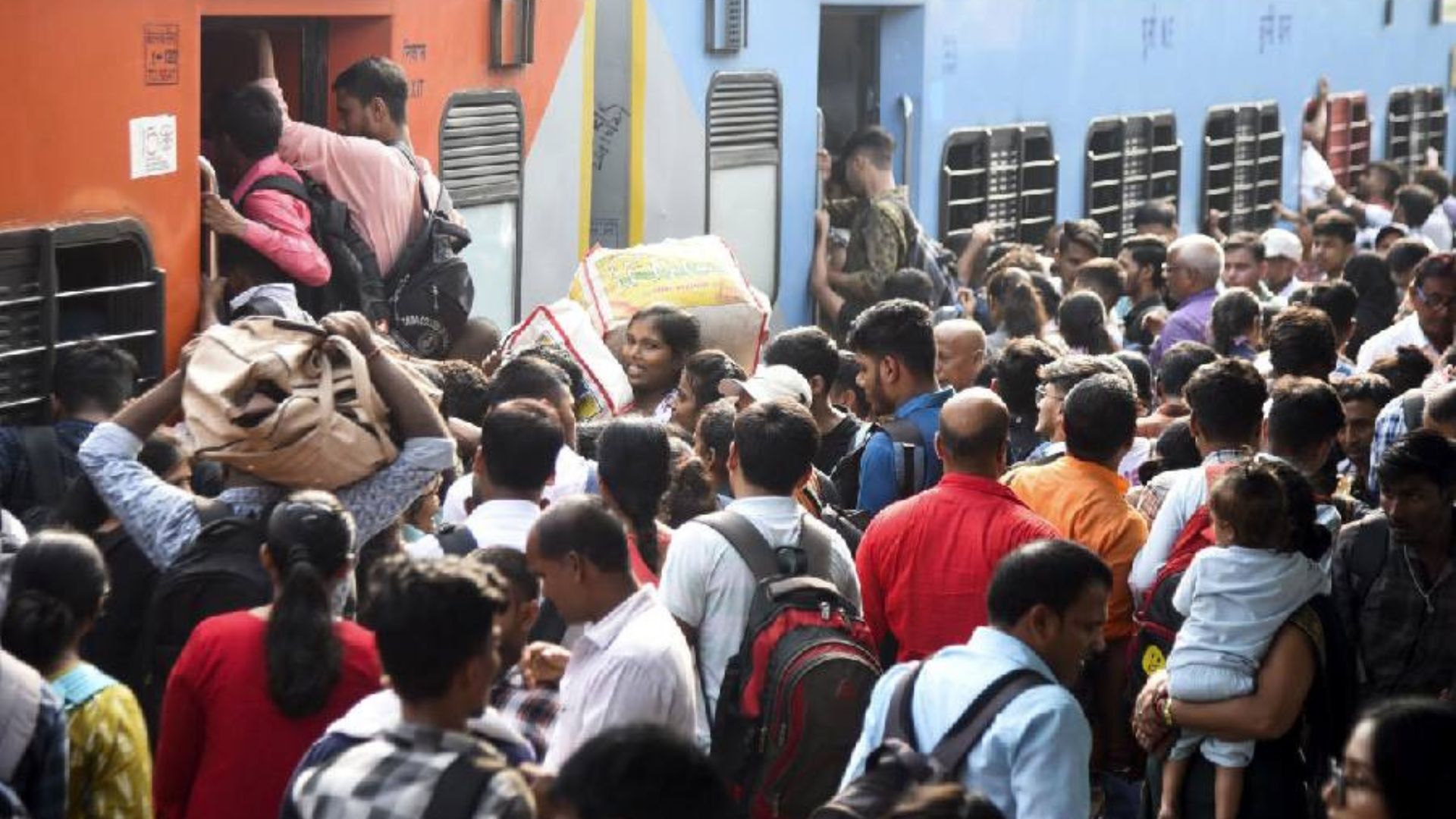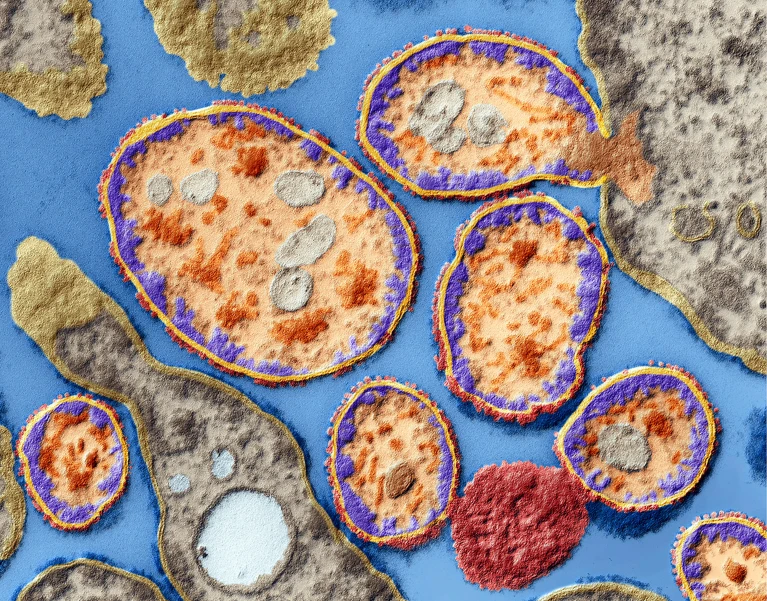
The inauguration of the 21.8 km Atal Bihari Vajpayee Smruti Sewri-Nhava Sheva Atal Setu is poised to revolutionize travel between south Mumbai and Navi Mumbai. Beyond its immediate benefits, the bridge’s true potential will unfold upon the completion of strategic projects like the Sewri-Worli elevated corridor, Eastern Freeway-Marine Drive tunnel, Chirle-Palaspe connection with the Mumbai-Pune Expressway, and the international airport in Navi Mumbai, anticipated within the next five years.
The Rs 21,200 crore Atal Setu, also known as the Mumbai Trans Harbour Link (MTHL), will become a pivotal transportation hub, seamlessly integrating the western and eastern waterfronts of the island city. With a one-way toll of Rs 250 and a round-trip toll of Rs 375 for the first year, the MTHL is not just a bridge; it’s a gateway to unprecedented connectivity and convenience.
Once these infrastructural projects materialize, the MTHL will offer a shorter route to the Navi Mumbai international airport, enhancing accessibility to the much-needed second airport in the region. Residents from the southern tip of the western suburbs can leverage the MTHL as an optimal choice, especially with the progress of the Sewri-Worli east-west connector. The Bandra-Worli Sea Link will serve as a key route for residents in the Santacruz-Bandra belt, offering an interchange facility to connect seamlessly with the Worli end of the Sewri-Worli link and access the MTHL. The completion of the Sewri-Worli project is expected to significantly reduce travel time, enabling a motorist starting from suburban Bandra to reach Navi Mumbai in under 40 minutes.
Furthermore, the MMRDA is developing an underground link between Orange Gate and Marine Drive, linking it with the Mumbai Coastal Road. This initiative will provide a signal-free ride to the MTHL for residents in Pedder Road, Malabar Hill, and Nepean Sea Road.
As these projects unfold, the MTHL is poised to play a pivotal role in enhancing connectivity, reducing travel times, and driving economic growth. Beyond individual commuters, it will benefit freight and bus operators, contributing to improved transportation efficiency and spurring economic activities.
In the words of metropolitan commissioner Sanjay Mukherjee, “The MTHL will ensure that labour and material will now come to South Mumbai via this link instead of coming via Thane and beyond.” This transformative bridge is not just about connecting two points; it’s about propelling Mumbai into a new era of accessibility, efficiency, and economic vibrancy.















